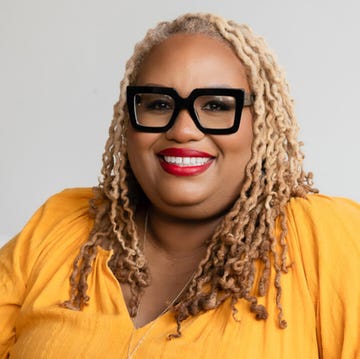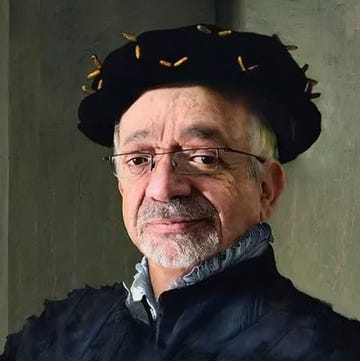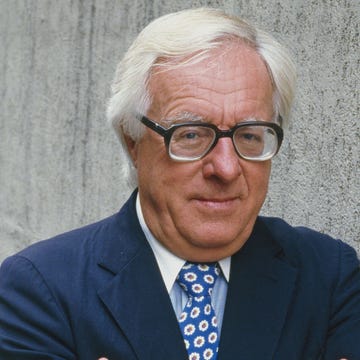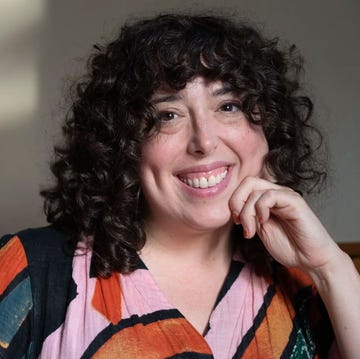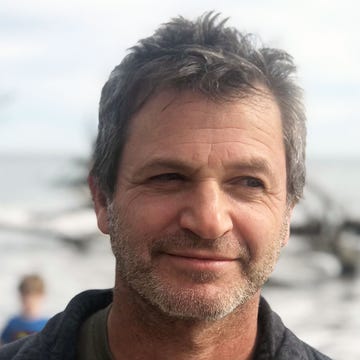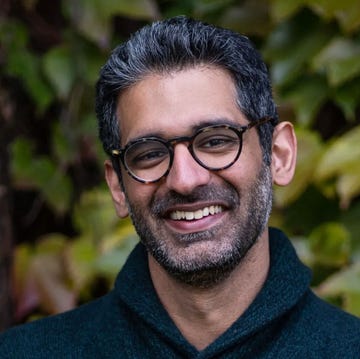If you’re predisposed to pick up a book about bohemians and hippies in San Francisco, Los Angeles, New York, and London, there’s a good chance you’re already familiar with the boldface names. Jerry Garcia and Janis Joplin. Allen Ginsberg and Jack Kerouac. The Beatles and the Stones. They’re all present and accounted for in Dennis McNally’s new book, The Last Great Dream: How Bohemians Became Hippies and Created the Sixties, which begins in the shadow of World War II and climaxes at the 1967 Human Be-In at Golden Gate Park.
But the real pleasures of the book, and its true value as a work of research and an overview of the times, lie in accounts of artists, thinkers, and activists who didn’t cross over into the mainstream current. People like Ramón Sender, Pauline Oliveros, and Morton Subotnick, who made noise—a lot of noise—as the principals of the avant-garde electronic music collective the San Francisco Tape Music Center. Or the poets Stuart Perkoff, Tony Scibella, Alexander Trocchi, and Charles Foster, who helped make Venice Beach a boho hub in the ’50s and ’60s. Or Mary Quant, whose fashion designs—“sexy, casual, young, and free,” as McNally describes them—helped London loosen up well before the city began to swing in earnest.
Aficionados and historians might know these names and dozens of others who guided culture out of its postwar spirit of conformity. McNally, the longtime publicist for the Grateful Dead and author of the most authoritative book about the band, A Long Strange Trip: The Inside History of the Grateful Dead, does a great service by giving these lesser-known names equal billing with, if not precedence over, the usual suspects. The stars get their flowers here as well, but not because they’re rich and/or famous—at least not until that becomes the point. Without overt bitterness or easy nostalgia, The Last Great Dream builds toward the bursting of a bubble. Dreams, after all, can be bought and sold.
A collection of rich paradoxes sit at the heart of the book. The bohemians turned hippies wanted to change the world but were generally uninterested in the political process (there are key exceptions, most of them involving the civil rights movement). They formed vital communities but were often inclined to look inward, alone, in search of the transcendent (aided greatly by the mind-expanding properties of LSD). Spencer Dryden, a veteran of the L.A. scene who went on to drum for the San Francisco psychedelic rock pioneers Jefferson Airplane, saw a difference in the Bay Area tribe, noting that “all these people were out of step together.… You’re out on the ocean. This is the frontier. It really is. I mean, this is where everything starts anyway.” “Out of step together”: It’s actually a good description of the dancing masses at a Dead show, moving in the same space, to the same groove, while occupying their own internal worlds.
The Last Great Dream begins in 1942, in the Bay Area, with the meeting of the poets Kenneth Rexroth and Robert Duncan. As McNally writes, “both these men were consciously anarchistic in the philosophical rather than bomb-throwing sense, and these views would not only permeate the community that gathered around them but affect San Francisco’s arts culture as a whole well into the era of Haight-Ashbury in the 1960s.” Like so many social and creative circles in the book, this one rippled outward and encompassed all manner of people looking for new ways to think and live. (One little hive that shared a Berkeley boardinghouse in the late ’40s included Duncan, fellow poet Jack Spicer, future sci-fi legend Philip K. Dick, and “Duncan’s old friend from college, a nascent film critic named Pauline Kael.” Oh, to be a fly on that wall.)
McNally stops in on Big Sur, where Henry Miller and Robinson Jeffers held sway (Miller paid homage with his book Big Sur and the Oranges of Hieronymus Bosch); Black Mountain College, near Asheville, North Carolina, where artists including John Cage, Robert Rauschenberg, and Merce Cunningham created and taught; and the Sunset Strip, where the Byrds and the Doors filled the clubs, “folk-rock” became a readily marketable sensation, and the LAPD tried to enforce capricious curfews, leading to the 1966 Sunset Strip “riots.” There’s a constant cross-pollination at work here, especially between California and New York; one of the book’s great photos captures Bob Dylan standing between Beat luminaries Michael McClure and Ginsberg in the alley between City Lights Bookstore and Vesuvio, the bar next door. (I have spent excessive amounts of time and money at both establishments.)
The Last Great Dream might be most commendable for what it isn’t: a misty-eyed rant about why things used to be so much better. McNally is a feverish researcher who also happens to have a great deal of institutional knowledge and personal experience, and he knows how to use these qualities in harmony. The greatest hits are here. But so are the deep cuts.•
Chris Vognar is a freelance culture writer. He was the 2009 Nieman Arts and Culture Fellow at Harvard University.


